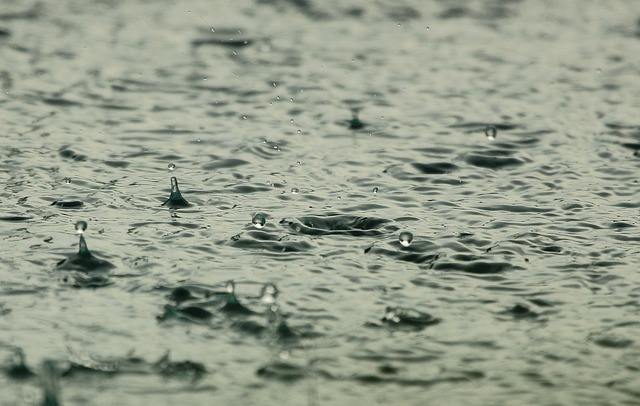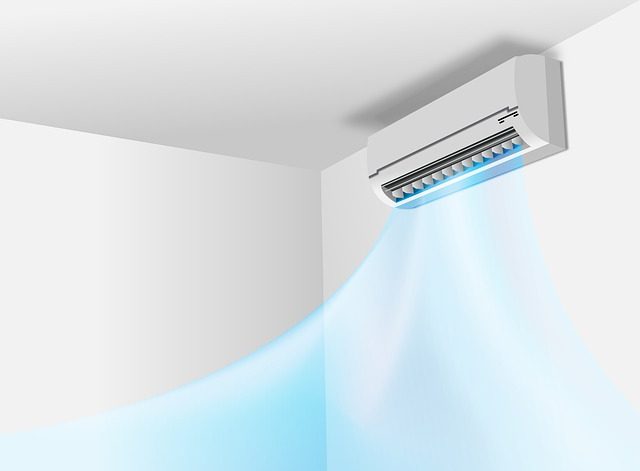What is meant by harvesting rainwater?
Rainwater harvesting simply entails the collection of rain water and reuse, repurpose, collect or store it rather than allowing it to run off. This helps conserve not only water by being capable of used domestically or for other process but it can also be collected to replenish and restore the underground water tables.
Check out: Impacts of Climate Change on Water Resources of Pakistan
Also check out: Climate Change Is Increasing Water Scarcity Around The World
What is the importance of Rainwater Harvesting?
Many countries and regions worldwide are currently experiencing water scarcity and droughts. With fluctuating seasonal durations that have disrupted the monsoon season as well as disruptions in rainfall patterns, many regions that previously got high rainfall now receive the minimum due to climate change and depleting underground water tables.
Rainwater harvesting here, can not only be sustainable for the environment but also help diminish the effects of water scarcity. By harvesting rain water, it is also possible to reduce the chances of flooding since the water run off would be collected and stored for various purposes. As a result, the water collected in one region can be stored and transported to regions or places where there is a water scarcity or generally low levels of water.
Check out: The Projected Future of Water Scarcity Crisis In Pakistan
Additionally, it also helps to reduce the burden on the drainage system of the city/locality and prevents flash floods, stagnant water- which is the breeding ground for many water-borne diseases like dengue, malaria etc. as well as clean water is made available for people to use for domestic purposes and commercial even.
The water is available for use at a lower cost than the filtration pumps and systems used to purify and clean water. Moreover, rainwater harvesting generally is a renewable source of water supply that reduces the demand for extracting the water from underground services and allows the table levels to be high
This is not only very economically feasible but also beneficial to the environment. It is one of the most sustainable practices one can use to adapt to the changing climate in many countries. The added benefit is that it ca be carried by an organization or an industry as well as at an individual level at homes.
You may want to check out: Rainwater Harvesting Project Lahore – Why We Need More? and 10 Easy Ways To Store And Use Rainwater In Your House
Techniques for Harvesting Rainwater:
There are many ways in which one can harvest rainwater:
- Collection Tanks: Collecting and subsequently storing water in the large tanks installed or kept on open areas in regions where rainfall is constant and particularly high. This water is then generally used for cropland irrigation.
- Surface Runoff: the runoff water in urban areas typically use this technique however the drawback is that the water isn’t that clean since it is run off that is collected before it can enter rivers or streams from the land. So, further treatment may be needed at the primary level prior to use. Large tanks or reservoirs are used to store the water collected via pumps.
- Rooftop Harvesting: This is a direct method of rainwater harvesting. Catchments in rooftops at the edges of rooftops and pathways redirecting water from these pathways on the roof to tanks under the roof for collection and can be used as grey water in toilets, gardens, cleaning and washing or any other domestic or commercial purpose by storing it in a recharge aquifer system tanks.
- Bore Wells: This is used for replenishing the groundwater aquifer levels by collecting rainwater first in tanks and then redirecting it to a filter tank to remove silt or debris before redirecting it again to deep underground wells which connect to aquifers and help restore water tables.
- Recharge or Soakaway Pits: These are small shallow pits that have small holes that act as perforations to the soil beneath and can aid in filtering the rainwater further before it can be stored in the aquifer or well.
- Trenches: Small, narrow and long spaces are dug in the earth where the soil or surface is impermeable and hard. This allows the water to seep through to the lower soft and permeable parts of the soil and leach underground where it ultimately helps in replenishing the water tables as well.
Conclusion:
Pakistan is among the countries that is currently and going to suffer from water shortage in many regions. While, at the same time we are also suffering from floods and other extreme event threats so one of the best solution to adapt to this inevitable change is that we need to implement rainwater harvesting schemes to kill two birds with one stone.
You may also be interested in: Water Scarcity in Pakistan: Reasons, Solutions and Contributions of the Judiciary for the Cause
Also check out: Water Scarcity Crisis in Pakistan: Causes, Effects, Solutions
We hope you liked this post! Please comment below if you have any suggestions, comments or feedbacks! We at #envpk love hearing from readers! Thanks!




